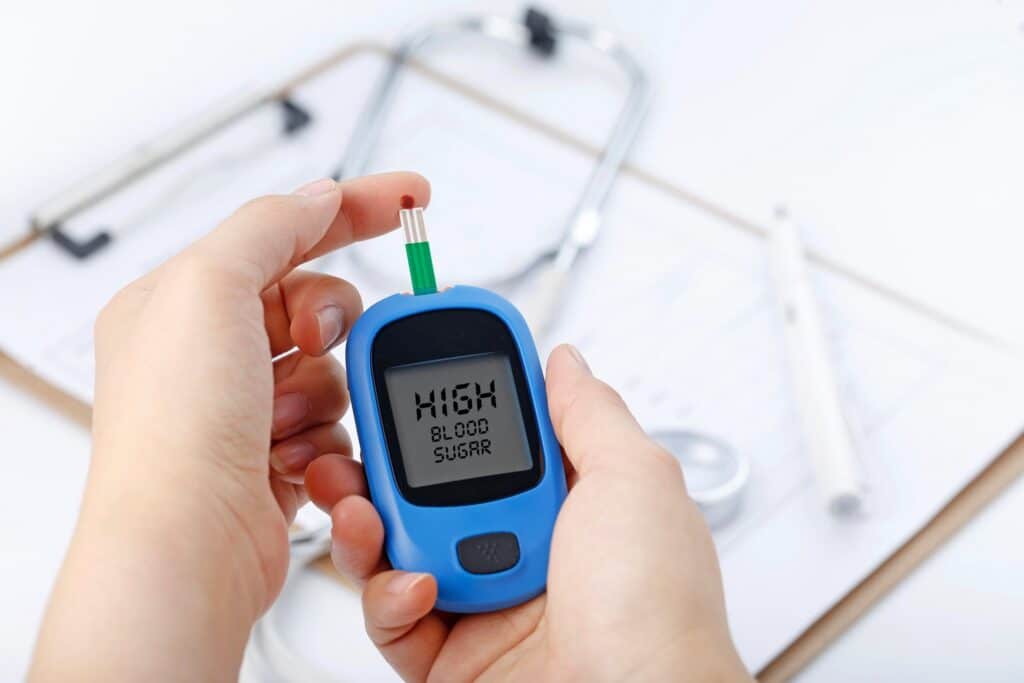In recent years, continuous glucose monitoring (CGM) technology has evolved from a niche solution for diabetes management to a potential mainstream tool for the masses. As CGM devices become more accessible and affordable, they hold the promise of revolutionizing diabetes care on a broader scale. But with this advancement comes the question: Are we truly prepared for the widespread adoption of CGM technology?
Understanding Continuous Glucose Monitoring
Continuous glucose monitors are advanced medical devices designed to track blood glucose levels in real time. Unlike traditional methods, which typically involve periodic finger-prick tests, CGMs offer a continuous stream of glucose data, allowing for more precise and timely management of blood sugar levels.
The technology behind CGMs involves a small sensor inserted under the skin that measures glucose levels in the interstitial fluid. This data is then transmitted to a receiver or smartphone app, providing users with immediate feedback on their glucose levels.
The Impact of CGM on Diabetes Care
Enhanced Glucose Control
One of the most significant advantages of Continuous glucose monitoring technology is its ability to provide real-time glucose monitoring, which can lead to better glucose control. For individuals with diabetes, maintaining stable blood sugar levels is crucial for avoiding complications and improving overall health. The continuous feedback offered by CGMs enables users to make informed decisions about their diet, exercise, and medication.
Early Detection of Glucose Trends
Continuous Glucose Monitoring offers the ability to track glucose trends over time, not just isolated readings. This continuous data helps in identifying patterns that might be missed with intermittent testing. By recognizing these trends, individuals can adjust their treatment plans proactively, potentially preventing severe hypoglycemic or hyperglycemic episodes.
Increased Convenience and Comfort
Traditional glucose monitoring requires frequent finger pricks, which can be uncomfortable and inconvenient. CGMs, on the other hand, eliminate the need for frequent blood samples. The sensor typically needs to be replaced every few weeks, making it a more convenient option for many users.
Are We Ready for Widespread Adoption?
While the benefits of CGM technology are clear, several factors must be considered to determine if we are ready for its widespread adoption in diabetes care.
Accessibility and Cost
The expense of CGMs is one of the main obstacles to their widespread use. Although prices have decreased over time, CGMs remain relatively expensive compared to traditional glucose monitoring methods. Ensuring that these devices are affordable and accessible to a broader population is crucial for achieving widespread adoption.
Integration into Healthcare Systems
For CGMs to become a standard part of diabetes care, healthcare systems must integrate this technology into routine practice. This involves training healthcare providers on how to use and interpret CGM data effectively and incorporating CGM data into electronic health records.
Patient Education and Support
Successful adoption of Continuous Glucose Monitoring also depends on patient education and support. Users need to understand how to use the device, interpret the data, and make adjustments to their diabetes management plans. Comprehensive education and support programs can help ensure that patients maximize the benefits of their CGMs.
Regulatory and Data Privacy Concerns
As with any medical technology, regulatory and data privacy concerns must be addressed. Ensuring that CGM devices meet safety and efficacy standards is essential for their widespread use. Additionally, protecting user data and ensuring privacy is a critical consideration as more personal health information is collected and shared.
More Read About: Personal CGM Use in Hospitals: Feasibility and Preferences
The Future of Continuous Glucose Monitoring
The use of CGM technology in the treatment of diabetes seems to have a bright future. Advances in technology are likely to lead to even more accurate, user-friendly, and affordable CGMs. Integration with other health technologies, such as artificial intelligence and personalized medicine, could further enhance the effectiveness of CGMs.
Emerging Trends
Wearable Technology
Future Continuous Glucose Monitoring may integrate with other wearable technologies, such as smartwatches or fitness trackers, providing even more comprehensive health data.
AI and Machine Learning
AI and machine learning algorithms could enhance the accuracy of CGM data and provide more personalized recommendations for managing diabetes.
Telemedicine Integration
As telemedicine becomes more prevalent, integrating CGM data into remote consultations could improve diabetes management and provide more personalized care.
Conclusion
Continuous glucose monitoring has the potential to transform diabetes care by offering real-time, accurate glucose data and improving overall management. However, for this technology to reach its full potential, several challenges must be addressed, including cost, accessibility, and integration into healthcare systems.
As we prepare for the future of diabetes care, it is essential to focus on making Continuous glucose monitoring technology accessible to all who need it, ensuring that patients are well-educated, and addressing regulatory and data privacy concerns. By overcoming these challenges, we can fully realize the benefits of CGM technology and improve the lives of individuals with diabetes.


